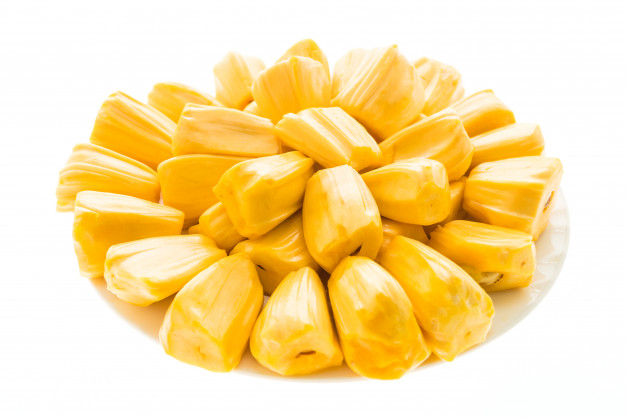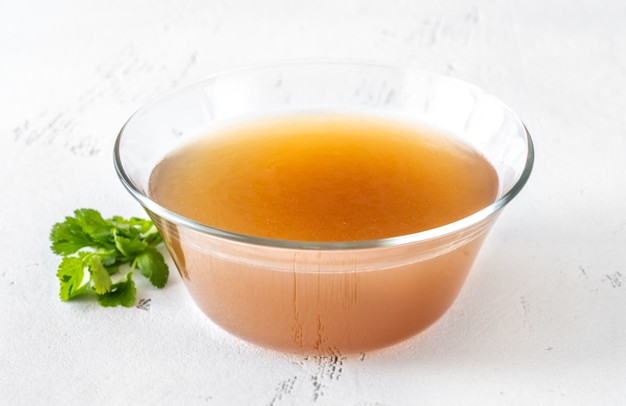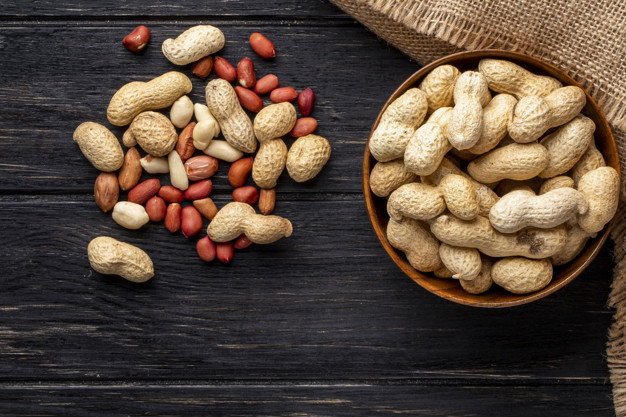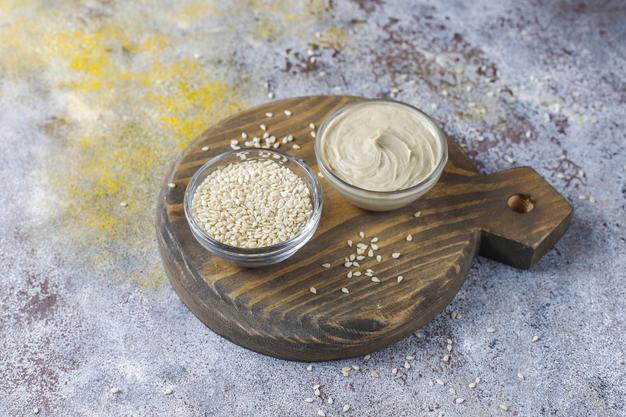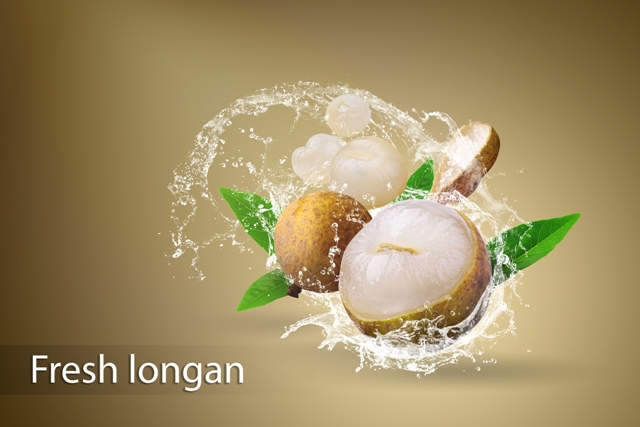Feverfew is an important herb belongs to Daisy family. The name feverfew is derived from a Latin word, which means "fever reducer". It has been traditionally used as an important preventing measure for fever whereas it offers other health benefits as well.
Biological activity
Antioxidant activity
It is loaded with antioxidants that help to neutralize free radicals and protect the body from free radical induced oxidative damages, which ultimately decrease the risk of developing various chronic diseases
Anti-inflammatory activity
It contains various important plant compounds that exhibit anti-inflammatory activity and plays vital role in preventing inflammation by decreasing the level of inflammatory markers in body
Anti-carcinogenic activity
- It contains various imperative components such as apigenin, camphor, parthenolide and luteolin that exhibit anti-carcinogenic activity, which ultimately help to reduce the prevalence of carcinoma
- It is extremely effective against breast cancer, pancreatic cancer and cervical cancer

Health benefits
Role on preventing Migraine
- It has been traditionally used as an imperative remedial action for migraines
- Migraine is generally referred as a severe headache that causes pulsing sensation on one side of the head. It is accompanied by pounding pain and throbbing
- Migraine may adversely affect one’s quality of life and can stop one to carry out his or her daily activities thus it is better to prevent migraine in an effective manner in order to promote wellbeing
- Consumption of feverfew is extremely helpful for decreasing the symptoms of migraine and also helps in preventing further attack
- It has seen that feverfew is associated with suppressing the synthesis of prostaglandin hence decreases inflammation, which ultimately helps in improving the symptoms of migraine
- On the other hand it is also accountable for preventing platelets from liberating inflammatory molecules, it also helps in inhibiting serotonin receptor, it helps in preventing vaso-dilation, it prevents smooth muscle spasm too and all of these factors are closely related with getting rid of migraine
- Its consumption helps in decreasing the frequency of migraine as well

Role on preventing arthritis
- This herb plays significant role in preventing the progression of arthritis thus it should be incorporated in the diet for providing relief
- Its anti-inflammatory activity is considered as one of the most important features responsible for preventing joint swelling and damages
- Parthenolide is an important component found in feverfew plays vital role in preventing arthritis as it acts as NFkappaB inhibitor, which inhibits NFkappaB activation, thus reduces the severity of joint erosion
- Its antioxidant activity is also responsible for protecting the joints from free radical induced oxidative damages and also protects the membrane lining present on the surface of bone as a result it decreases friction between the two ends of bone, which ultimately helps to provide long term relief from arthritis

Role on preventing rheumatoid arthritis
- Rheumatoid arthritis is an inflammatory disorder, which affects the joint of the feet as well as the hand in an adverse manner
- It is also considered as an autoimmune disorder that occurs when the immune system of the body mistakenly attacks its own tissue
- Consumption of Feverfew is extremely useful for improving the symptoms of rheumatoid arthritis as it plays significant role in decreasing the production of prostaglandins, which is responsible for triggering pain and inflammation

Role on digestive health
- Its consumption is very useful for keeping gastrointestinal problems at bay
- Its antioxidant and anti-inflammatory activities are responsible for protecting the entire digestive tract from damages, which significantly reduces the prevalence of digestive issues
- It promotes digestion and helps in improving the symptoms of upset stomach
- It also helps to decrease the prevalence of nausea and vomiting
 Role on preventing blood clots
Role on preventing blood clots
- We all know that blood flows smoothly through artery and vain but if a clot or thrombus forms within vessels then it blocks the circulation and leads to thrombosis and it is very severe in its manifestation
- As blood clot blocks the blood flow thus it reduces the supply of oxygen as well as nutrients to the body, which ultimately develops various health hazards like strokes, heart attack and in severe case it may cause death also thus it is better to prevent blood clot formation and consumption of feverfew is extremely effective for decreasing the susceptibility of developing blood clots
- It has seen that feverfew exerts potent antithrombotic activity that helps in preventing blood clots from forming as well as from growing, which significantly decreases the prevalence of death caused by strokes or heart attacks
Role on preventing menstrual cramp
- Cramping in the lower abdomen especially in the first and second day of menstrual cycle is normally referred as menstrual cramp. It generally occurs when the lining of the uterus produces excessive amount of prostaglandins and when these cells are broken down during menstruation then prostaglandins are released, which ultimately contracts the muscular layer of uterus and develops painful cramps
- Consumption of feverfew is very useful for lessening the prevalence of menstrual cramps as it helps in decreasing the production of prostaglandin in body
Role on mental health

- It is better to consume feverfew extract for obtaining a healthy mental state
- It plays significant role in preventing anxiety
- It is also associated with decreasing stress level by providing a calmness to the body
- It helps in improving mood as well
Role on skin
- It plays significant role in improving overall skin health
- It is very beneficial for preventing dermatitis, which is considered as a chronic skin inflammation. It develops rashes on reddened and swollen skin. Its anti-inflammatory activity is considered as the main feature that helps in improving the symptoms of dermatitis as it helps to prevent inflammation and also aids in calming redness
- It helps in reducing damaged skin cell and helps in improving the appearance of skin as well
- It is also very effective for reducing the prevalence of rosacea
- It helps to improve the symptoms of Psoriasis too
- It helps to prevent premature aging as well
Therapeutic uses
It has been widely used for various therapeutic purposes, such as –
- It is used as an important therapeutic substance for skeletal health. It plays vital role in strengthening the bone and decreases the prevalence of bone disorders
- It helps to decrease the susceptibility of respiratory illness as well. Its anti-inflammatory activity is responsible for preventing the swelling of air way as a result helps in improving the symptoms of asthma. It is also very useful for preventing normal cold and flu
- It is very effective for preventing allergies
- It has been traditionally used as an imperative remedial action for fever
- It helps in improving the immunological responses of the body thus decreases the susceptibility of becoming ill
- It helps to improve hepatic health as well thus promotes metabolism
- It helps in preventing earache
- It helps to prevent dizziness too
- It plays significant role in preventing miscarriages
- It helps to prevent menstrual irregularities as well

General consideration of using Feverfew
- Extract of feverfew can be consumed
- Feverfew Tincture can also be added to fruit juice or water before consumption
Risk factors
Though it is used for various therapeutic purposes but it’s over consumption may cause various health hazards like digestive disorders, nervousness, headache, dizziness, joint stiffness, obesity, menstrual changes etc. thus it is always better to consume it as per recommendation

Source:
Kingston, R.L., 2007. Feverfew. In Herbal Products (pp. 111-122). Humana Press.
Maizels, M., Blumenfeld, A. and Burchette, R., 2004. A combination of riboflavin, magnesium, and feverfew for migraine prophylaxis: a randomized trial. Headache: The Journal of Head and Face Pain, 44(9), pp.885-890.
Pareek, A., Suthar, M., Rathore, G.S. and Bansal, V., 2011. Feverfew (Tanacetum parthenium L.): A systematic review. Pharmacognosy reviews, 5(9), p.103.
Rajapakse, T. and Pringsheim, T., 2016. Nutraceuticals in migraine: a summary of existing guidelines for use. Headache: The Journal of Head and Face Pain, 56(4), pp.808-816.
Wider, B., Pittler, M.H. and Ernst, E., 2015. Feverfew for preventing migraine. Cochrane Database of Systematic Reviews, (4).




